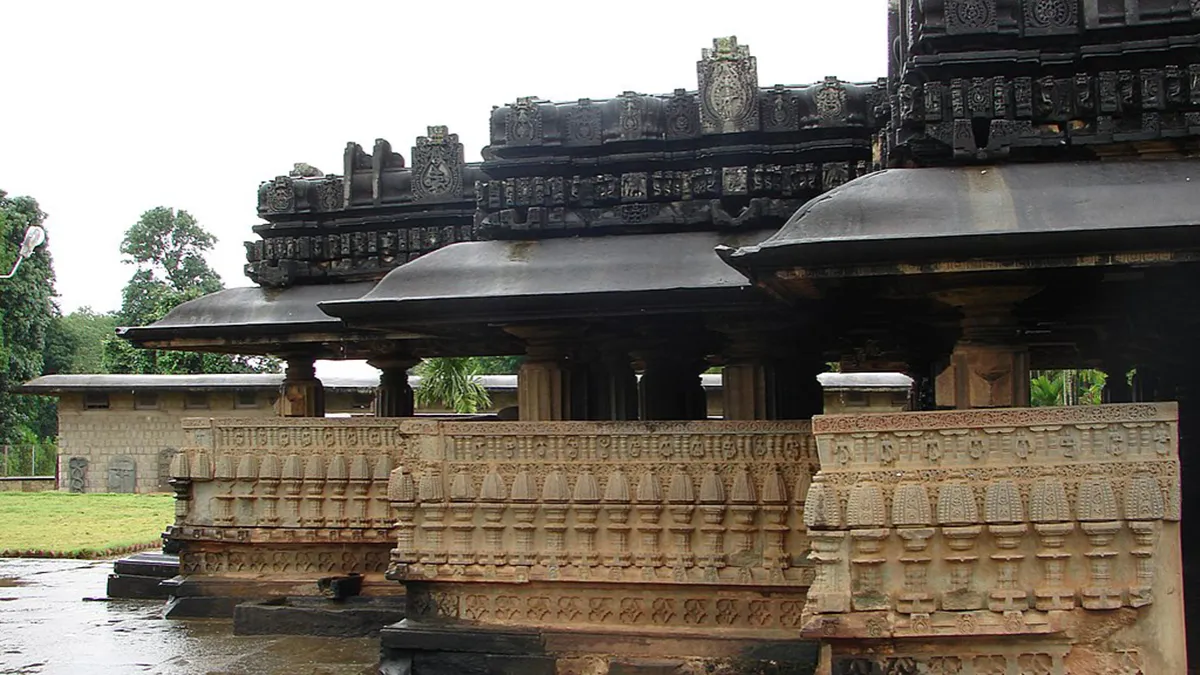Hoysala temples at Belur, Halebid, and Somanathapur in Karnataka were declared UNESCO World Heritage Sites
20 Sep 2023
News
The Hoysala temples at Belur, Halebid, and Somanathapur in Karnataka were named UNESCO World Heritage Sites on Monday, gaining recognition on a worldwide scale, and possibly boosting tourists from abroad. Since 2014, the Hoysaleshwara temple in Halebidu and the Chennakeshava temple in Belur, both in Hassan district, have been on UNESCO's tentative list. The tentative list was expanded to include the Keshava temple at Somanathapur in the Mysuru region, and all three were formally proposed by the Centre as India's entry for 2022–23 in February 2022.
The Hoysalas temples are a true work of art, according to the Archaeological Survey of India (ASI), and their inscription is a true honour for India and the entire world heritage community. These Hoysalas temples combine creative genius, architectural eclecticism, and symbolism into this outstanding sacred architecture.
The site visits for all three temples were completed by an expert from the International Commission on Monuments and Sites (ICOMOS) in September of last year, and the monuments were formally inscribed as UNESCO World Heritage Sites during the 45th session of the World Heritage Committee in Riyadh, Saudi Arabia. Santiniketan in West Bengal had just been included to the list of UNESCO sites for the years 2021–2022.
The nominations were submitted as "The Sacred Ensembles of Hoysalas," and the ASI protects all three temples. The Hoysala temples are renowned for having developed a unique, elaborate style with temple construction that follows a stellate pattern and is erected on an elevated platform. Choloritic schist, often known as soapstone, is the material utilised to build temples because it is supple and easy to carve. The doors include elaborate carvings displaying the perfection attained by the Hoysala painters, and the temples contain horizontal friezes and many of the sculptures are signed by artists, which is unusual in the history of Indian art.
The Hoysaleshwara temple was dedicated in 1121 CE, and the Keshava temple at Somanathapur was dedicated by Somanatha Dandanayaka in 1268 CE, during the reign of Narasimha III. Construction on the Chennakeshava temple at Belur began in 1117 CE during the reign of King Vishnuvardhana and took 103 years to complete.
The designation of the three sites as World Heritage Sites, according to A. Devaraju, Commissioner of the Department of Archaeology Museums and Heritage, will increase tourism by bringing international attention to the three monuments noted for their carvings and sculptures. He said that moving ahead, a focus will be placed on improving visitor amenities while any UNESCO issues, if any, would be resolved. In addition to enhancing connectivity, Mr. Devaraju stated that for the sites to merit their designation as World Heritage Sites, facilities needed to be strengthened and signs upgraded.
With assistance from the ASI, the INTACH chapter in Bengaluru created the dossier for the Department of Archaeology, Museums, and Heritage and Department of Tourism. ICOMOS had requested certain explanations and papers, which had to be supplied by the deadline, according to Pankaj Modi, a conservation architect with the INTACH Bengaluru chapter. He also stated that the authorities will concentrate on putting the management action plan into practise.
